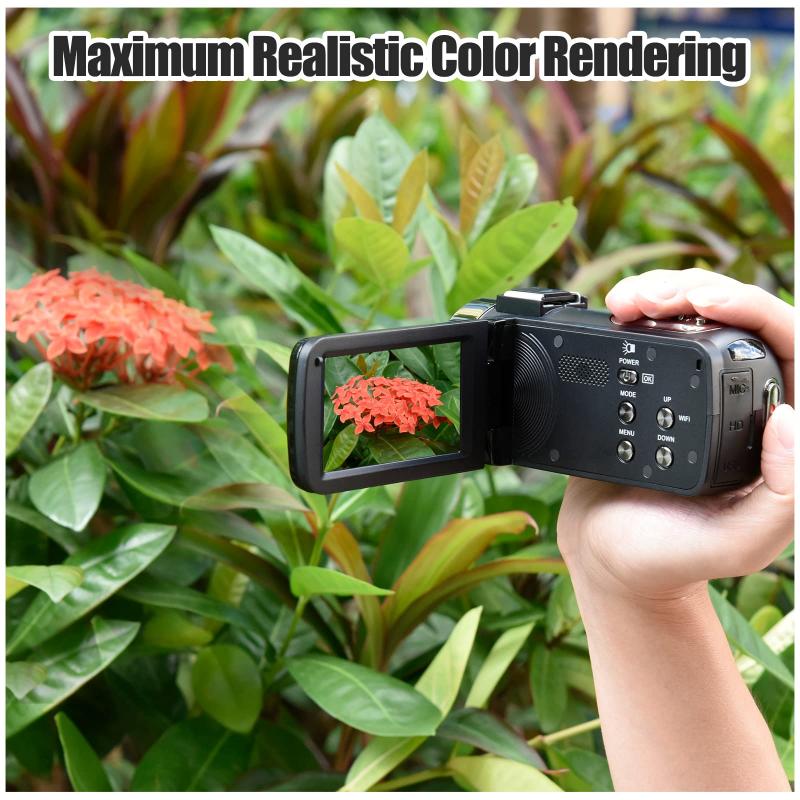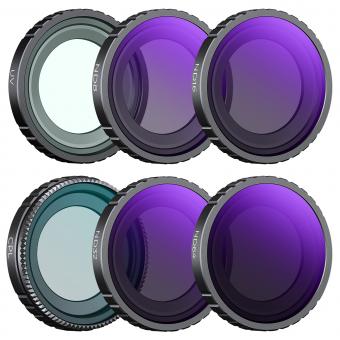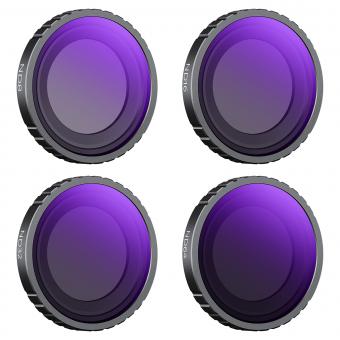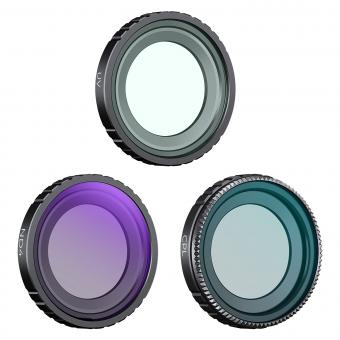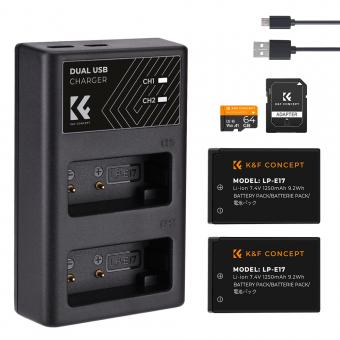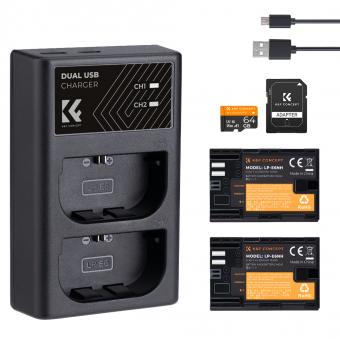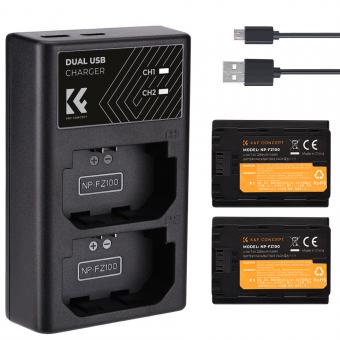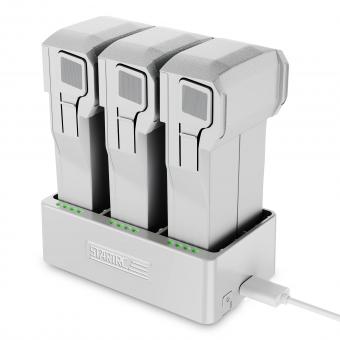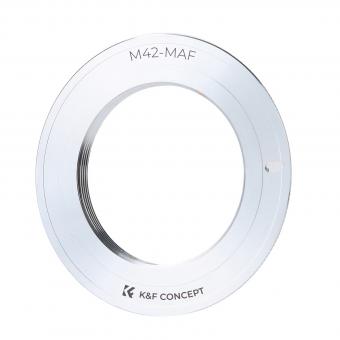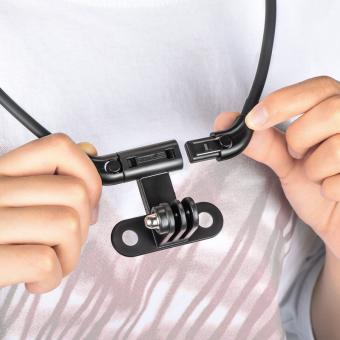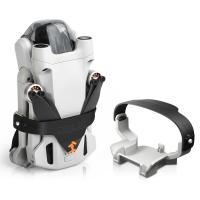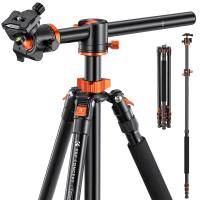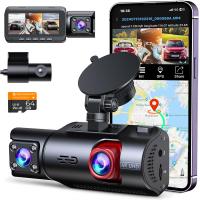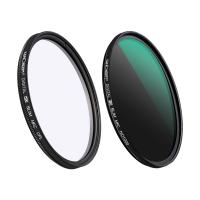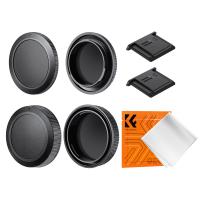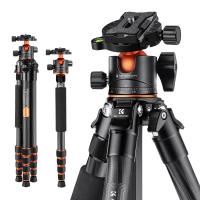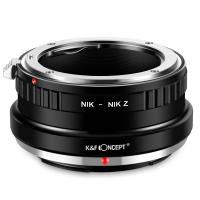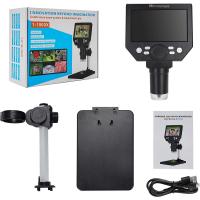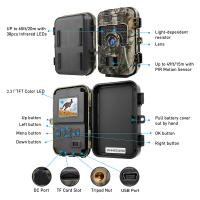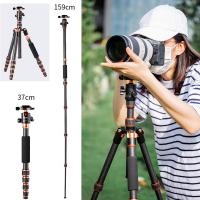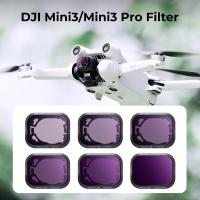Can Camera Batteries Go In Carry On ?
Yes, camera batteries can generally be carried in your carry-on luggage. However, it is always recommended to check with the specific airline you are traveling with, as some airlines may have their own regulations regarding the transportation of batteries. It is also important to ensure that the batteries are properly packaged and protected to prevent any damage or short-circuiting during the flight.
1、 Airline regulations on carrying camera batteries in carry-on luggage.
Airline regulations on carrying camera batteries in carry-on luggage vary depending on the airline and the specific type of battery. However, in general, camera batteries are allowed in carry-on luggage. This is because lithium-ion batteries, which are commonly used in cameras, are considered safe for air travel.
The International Civil Aviation Organization (ICAO) and the International Air Transport Association (IATA) have set guidelines for the transportation of lithium-ion batteries on aircraft. These guidelines state that lithium-ion batteries with a watt-hour rating of less than 100Wh are allowed in carry-on luggage without any special restrictions. Most camera batteries fall within this watt-hour rating.
However, it is important to note that there may be restrictions on the number of spare batteries that can be carried. Some airlines may limit the number of spare batteries to a certain quantity, typically two or three. It is always advisable to check with the specific airline you are flying with to ensure compliance with their regulations.
Additionally, it is recommended to keep camera batteries in their original packaging or in a protective case to prevent any accidental short-circuiting. This is especially important for loose batteries or batteries without their original packaging.
It is worth mentioning that regulations and guidelines regarding lithium-ion batteries are subject to change, and it is always a good idea to stay updated with the latest information. Airlines may have their own specific policies, so it is best to check with the airline directly or consult their website for the most accurate and up-to-date information.
In conclusion, camera batteries are generally allowed in carry-on luggage, but it is important to be aware of any restrictions on the number of spare batteries and to follow the guidelines set by the airline you are flying with.
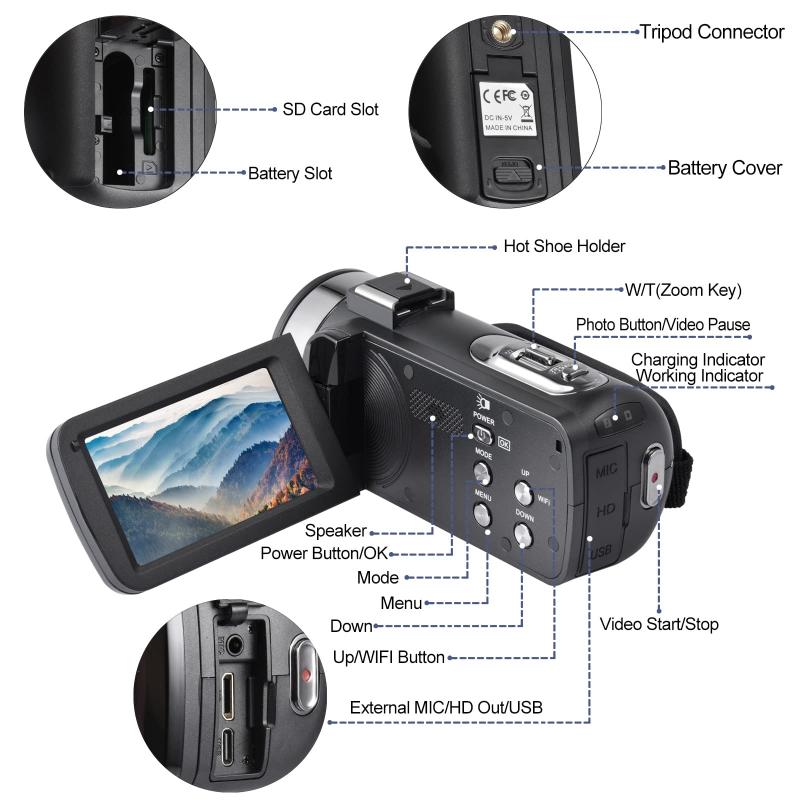
2、 Lithium-ion camera batteries and carry-on restrictions.
Lithium-ion camera batteries are generally allowed in carry-on luggage, but it is important to be aware of the specific regulations and restrictions that may apply. As of the latest information available, most airlines and transportation authorities permit passengers to bring lithium-ion camera batteries in their carry-on bags.
However, it is crucial to note that there are certain limitations and guidelines to follow. The International Civil Aviation Organization (ICAO) and the International Air Transport Association (IATA) have established rules regarding the transportation of lithium-ion batteries on aircraft. These rules are primarily in place to ensure the safety of passengers and crew.
According to these regulations, spare lithium-ion batteries with a capacity of up to 100 watt-hours (Wh) are generally allowed in carry-on baggage. This includes most standard camera batteries. However, batteries with a capacity exceeding 100 Wh may require special approval from the airline or transportation authority.
It is also important to properly package and protect lithium-ion batteries to prevent short circuits or damage. It is recommended to keep them in their original packaging or place them in individual plastic bags to avoid contact with metal objects that could cause a short circuit.
While the general consensus is that lithium-ion camera batteries can be carried in carry-on luggage, it is always advisable to check with your specific airline or transportation authority for any updates or additional restrictions. Regulations can vary between countries and airlines, so it is essential to stay informed and comply with the guidelines to ensure a smooth and hassle-free travel experience.
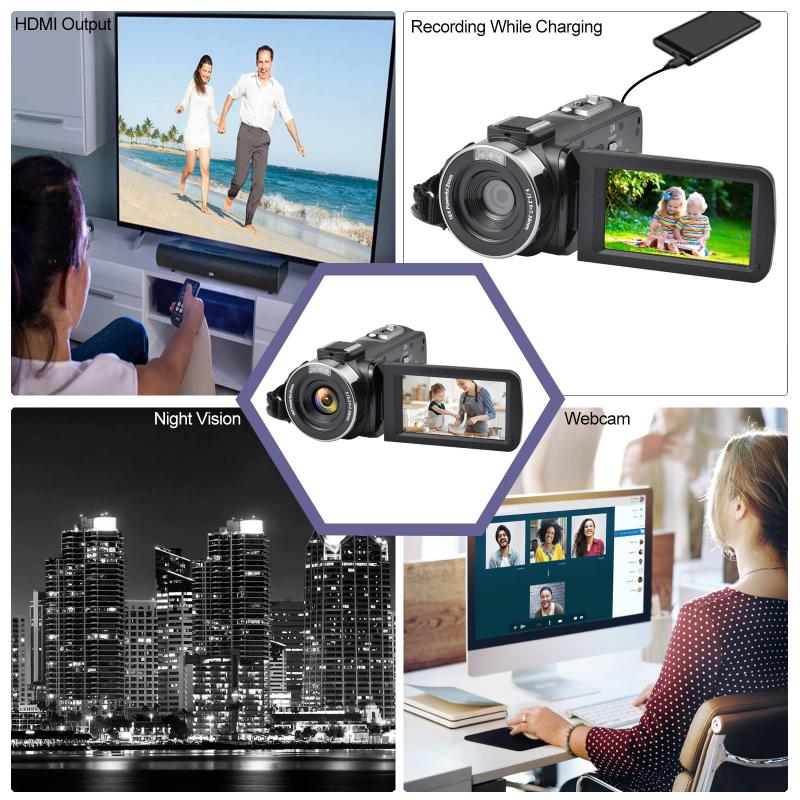
3、 TSA guidelines for carrying camera batteries in carry-on bags.
According to the TSA guidelines, camera batteries are generally allowed in carry-on bags. However, there are certain restrictions and precautions that need to be followed to ensure a smooth security screening process.
Camera batteries, whether they are lithium-ion or other types, are typically considered safe for travel in carry-on luggage. It is recommended to pack them in their original packaging or in a protective case to prevent any damage or short-circuiting. Loose batteries should be covered with tape to prevent contact with other metal objects, which could potentially cause a fire hazard.
It is important to note that spare lithium batteries, including camera batteries, are not allowed in checked baggage due to the risk of fire. These batteries must be carried in the cabin, where any potential incidents can be quickly addressed. Additionally, there may be restrictions on the size and quantity of lithium batteries that can be carried, so it is advisable to check with the airline for specific limitations.
It is also worth mentioning that the TSA guidelines are subject to change, especially in light of evolving security concerns. Therefore, it is always a good idea to stay updated with the latest regulations before traveling. The TSA website or their mobile app can provide the most current information regarding what is allowed in carry-on bags.
In summary, camera batteries can generally be carried in carry-on bags, but it is important to follow the TSA guidelines and take necessary precautions to ensure safe travel.

4、 International travel rules for camera batteries in carry-on luggage.
International travel rules for camera batteries in carry-on luggage vary depending on the airline and country you are traveling to. However, in general, camera batteries are allowed in carry-on luggage.
The International Civil Aviation Organization (ICAO) and the International Air Transport Association (IATA) have set guidelines for the transportation of lithium-ion batteries, which are commonly used in camera batteries. These guidelines state that lithium-ion batteries with a capacity of up to 100 watt-hours (Wh) are allowed in carry-on luggage without any special restrictions. Most camera batteries fall within this capacity limit.
However, it is important to note that some airlines may have their own specific rules and restrictions regarding lithium-ion batteries. It is always recommended to check with your airline before traveling to ensure compliance with their regulations. Some airlines may have restrictions on the number of spare batteries allowed or may require batteries to be individually protected to prevent short circuits.
Additionally, it is advisable to keep camera batteries in their original packaging or in a protective case to prevent any accidental short circuits. It is also recommended to tape over the battery terminals or use battery caps to further minimize the risk of short circuits.
As of the latest information available, camera batteries are generally allowed in carry-on luggage, but it is always best to check with your airline for any specific regulations or updates before your trip.
